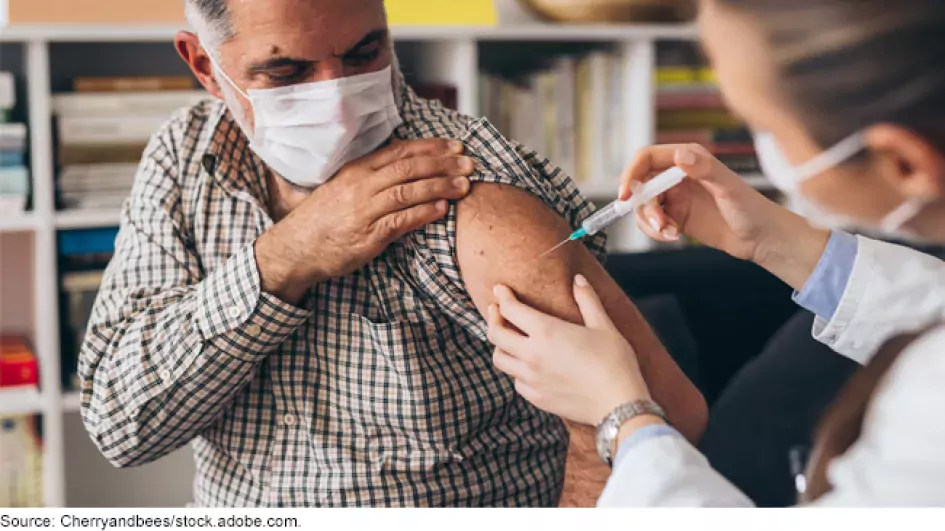How Could Available Technology Help the U.S. Respond to Omicron?
U.S. cases of COVID-19’s latest variant, Omicron, are increasingly being reported in different parts of the country. Early reports from other nations suggest that the variant may be highly transmissible. However, the extent of the risks it poses—including how current vaccines will hold up against it— is not fully known.
Today’s WatchBlog post looks at our recent work to help answer those questions.
Finding and tracking variants
One of the technologies being used to identify and track variants, like Omicron, is genomic sequencing, which decodes the genes of the virus. In the U.S., the technology allows health officials to sequence up to 80,000 virus samples per week, a substantial increase over just a few months ago. This means health officials may more rapidly detect and potentially respond to new variants.
Image

Sequencing can also help researchers predict how a new variant will behave. In the case of Omicron, sequencing has shown that the variant differs from other strains in more than 30 places on its spike protein—the component that lets it invade a cell.
Assessing the need for new vaccines
The spike protein is also what all the current U.S. vaccines mimic to prepare the body to fight COVID-19. Scientists are already studying how well the current vaccines work against Omicron.
At the same time, researchers are assessing new Omicron vaccine candidates. If a new or modified vaccine is needed, recent advances in vaccine development might accelerate that process.
These technologies include new “vaccine platforms,” which deliver genetic code using vehicles such as viral vectors (engineered, non-infectious viruses) and tiny envelopes of lipid (a building block of fat). We describe these vaccine platforms here. We also reviewed these and other vaccine innovations in a recent technology assessment.
The resulting vaccines directly deliver genetic code, leading to stimulation of the immune system. This approach can be more efficient than other methods, which require growing the target virus or synthesizing one of its components.
Image

Challenges with applying the technology
While this all sounds like good news in the efforts to respond to Omicron, there are some challenges in applying recent technological advances.
For example, tracking Omicron with genomic sequencing relies on additional testing on samples from COVID-19 patients. However, we previously reported that testing supplies or kits have at times been in short supply. In addition, earlier this year, we reported that the federal government lacked a comprehensive testing strategy. In prior work, we also described the capabilities and challenges of rapid point-of-care testing systems.
The Department of Health and Human Services has taken steps to address some of these issues, but they still have not developed a testing strategy. Without a strategy, and without adequate access to testing supplies and results, it will be hard to fully assess the impact and reach of any new variant.
As for vaccines, diverting resources to developing new ones could actually be undesirable. The World Health Organization has expressed concern that a focus on developing new vaccines could delay wider vaccination using existing vaccines. The current large, global reservoir of unvaccinated people is a potential source of new variants, and reaching them with existing vaccines may be the fastest route to controlling the pandemic.
There is no doubt that technology allowed for the development of powerful new tools for fighting the pandemic. As the virus continues to evolve, the puzzle that remains is how to apply those tools for the greatest benefit to public health. We will continue to report on federal efforts to do so. Check out our Coronavirus Response page to find out more about the federal efforts to address the pandemic.
- Comments on GAO’s WatchBlog? Contact blog@gao.gov






